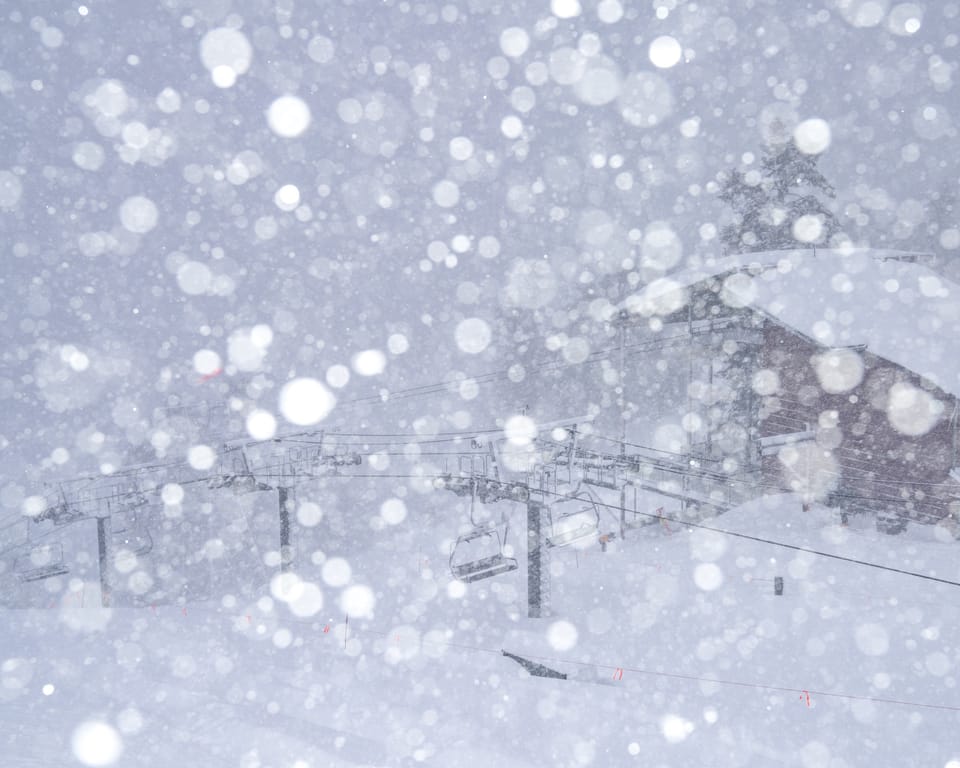Dutch University Study Finds Increasing Irrigation May Lead to Glacier Growth

Climate change is causing most of the world’s glaciers to slowly melt away.
Some glaciers and once permanent ice fields have already lost 80 or 90% of their mass compared to their size in the middle of the last century, others, for example the snowfield that was home to the world’s former highest ski lift at Chacaltaya in Bolivia, have already melted away completely.
Glaciers that are home to the only snowfields in a dozen or so countries in Africa and Asia look set to have disappeared by the middle of this century, or sooner.
But not all glaciers have been shrinking. A small percentage appear to have actually increased their mass and now a team from Utrecht University in The Netherlands have been studying why that might be.
The results of the study were published this week in the journal Geophysical Research Letters. Their study found that just as human-caused climate change is thawing most glaciers, it’s human activity that may be growing the few that are expanding in size.
The vast majority of glaciers in the high mountains of Asia are partially melting away due to global warming. But there’s an area to the northwest of the Tibetan Plateau where the glaciers are actually growing.
“Because the region is difficult to access, little has been known about these glaciers for quite some time,” said first author Remco de Kok, a physical geographer at Utrecht University,
“But with the help of weather models we have shown that these glaciers can expand because local land use has changed. The fact that human activity can have such an immediate impact on the growth of glaciers is new information, and extremely important to know for the many people who depend on the meltwater from glaciers.”
The Utrecht University research shows that humans increasing agricultural activity in the region is resulting in more snow and less sunlight in the mountains, precisely in the areas where the glaciers are growing.

“In the lowlands of China, Pakistan and India, river and groundwater are increasingly being used to irrigate agricultural areas. Much of the irrigation water is eventually “sweated out” by the plants and absorbed into the atmosphere. Using a special weather model, we have shown that the increasing water vapour later comes down as additional snow – precisely in the places where the growing glaciers are found. The additional clouds also allow less sunlight to pass through, causing the glaciers to melt at a slower rate,” Research Leader Walter Immerzeel explained.
Meltwater
The ice supply in the Asian high mountains is crucial to the many millions of people who depend on the meltwater. The results of this study are primarily good news, although the research group, which also consists of Pleun Bonekamp and Obbe Tuinenberg, warns against too much optimism.
“Due to the limited amount of river and groundwater, the question is to what extent agriculture in Asia can continue to grow in the future. If irrigation decreases, the effect will be undone and it is likely that – in combination with the further warming of the earth – the glaciers will retreat at an accelerated pace.”




